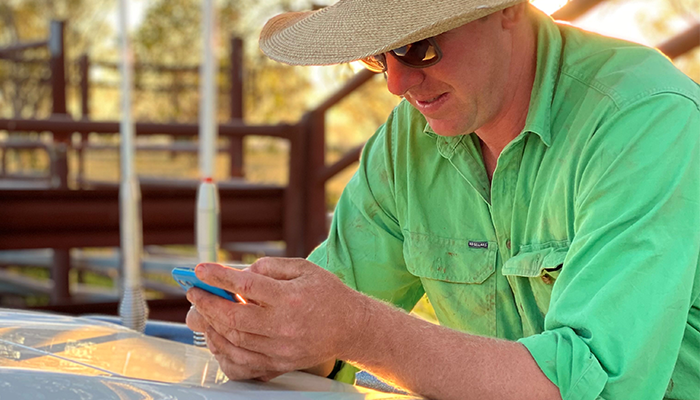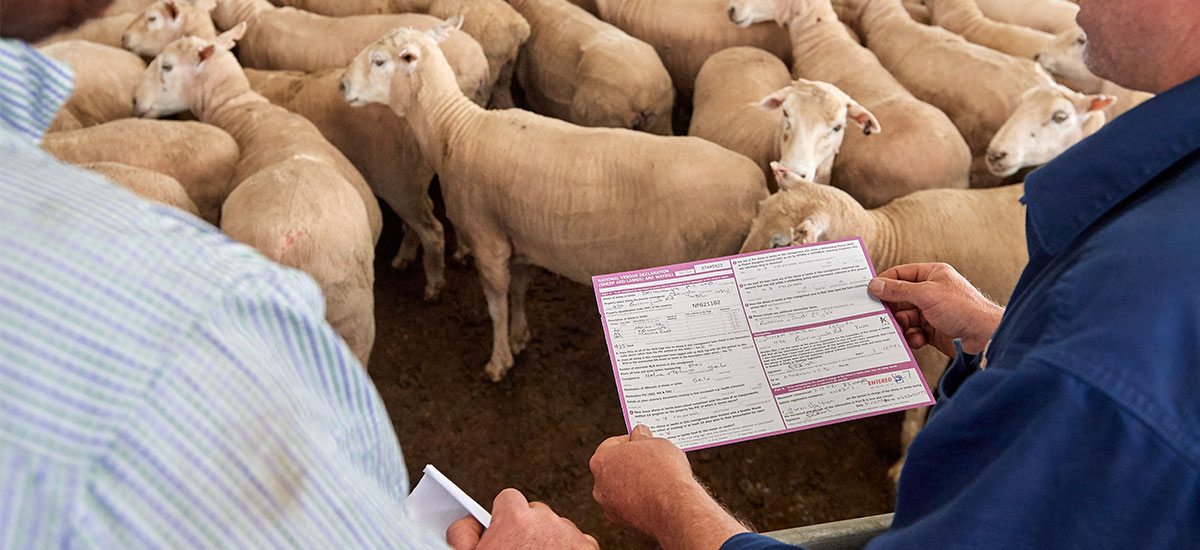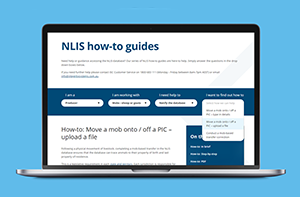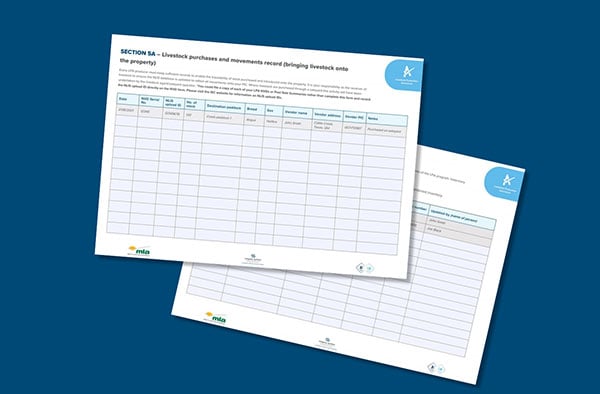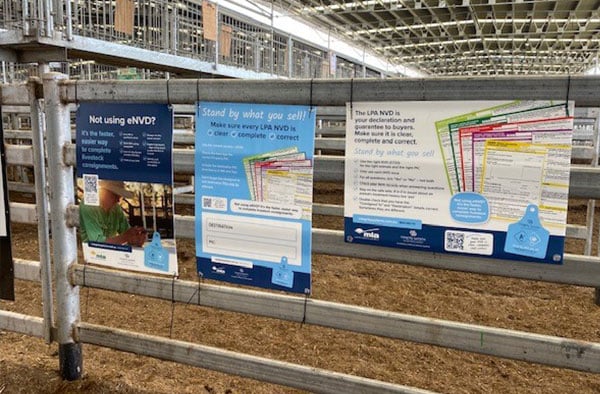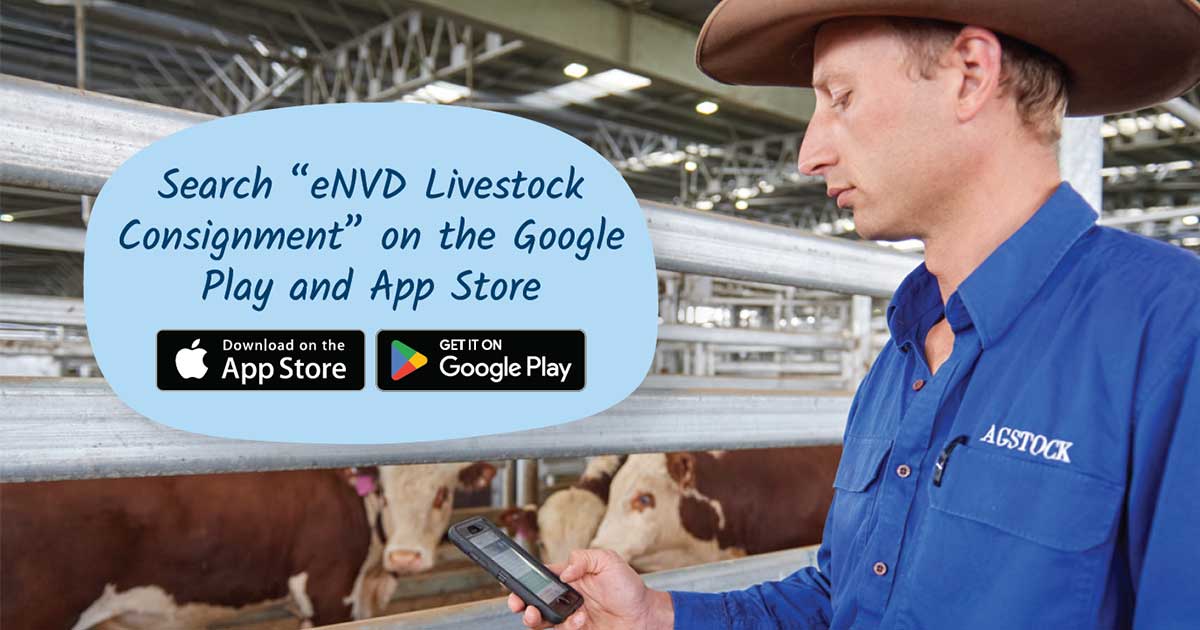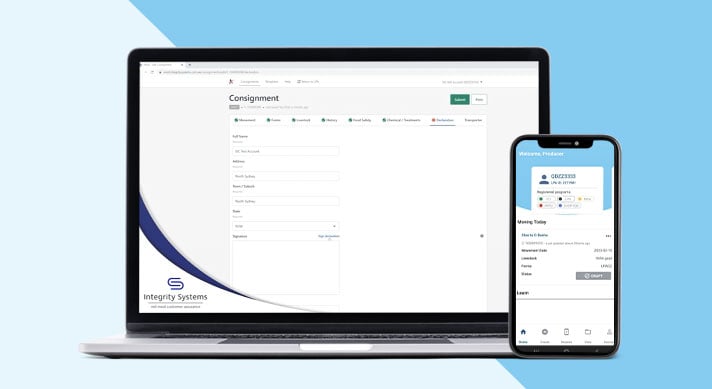
The integrity system for saleyards
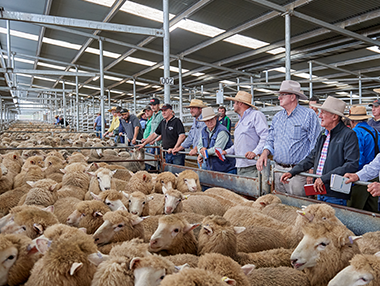
While livestock producers are responsible for keeping their integrity records in order and ensuring their on-farm practices align with integrity system requirements, saleyards also play an important role in the integrity system.
The Australian red meat integrity system combines livestock traceability with on-farm assurance to maintain the integrity and reputation of Australian red meat. This system underpins our livestock selling system and delivers customer confidence in the red meat products we produce.
Integrity Systems Company (ISC) is responsible for managing and delivering the core elements which make up Australia’s red meat integrity system.
